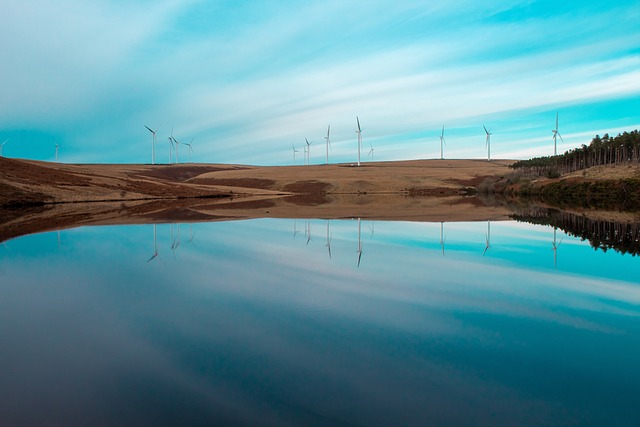Floating solar farms utilize water bodies to generate clean energy efficiently with minimal land use impact. These innovative systems offer several advantages over traditional ground-based solar installations, including better resilience against harsh weather conditions and natural cooling for improved efficiency. They are constructed using lightweight, resilient materials that minimize ecological disruption and are equipped with smart monitoring systems to optimize performance. The mooring systems ensure the panels are positioned for maximum sunlight exposure. These features not only enhance the clean energy supply but also show a commitment to sustainable development by coexisting with aquatic environments. Floating solar farms have gained global attention due to their economic benefits, suitability in regions with high solar irradiance and limited land, and potential to meet renewable energy targets while conserving biodiversity and freshwater ecosystems. Countries like China, Japan, and Thailand are leading the way by implementing large-scale floating solar projects, showcasing their environmental and economic benefits on a global scale.
Floating solar farms represent a novel frontier in renewable energy, harnessing sunlight directly above water bodies. This article explores the cutting-edge technological advancements that have made these installations feasible, their significant environmental benefits that include reduced land use and biodiversity protection, and the economic considerations driving their global adoption trends. We will delve into the robust track record of successful floating solar projects worldwide, providing a clear lens through which to view this sustainable energy solution’s potential to redefine our approach to clean power generation.
- Floating Solar Farms' Technological Advancements
- Environmental Benefits of Water-Based Solar Installations
- Economic Considerations and Global Adoption Trends
- Case Studies: Successful Implementations Worldwide
Floating Solar Farms' Technological Advancements
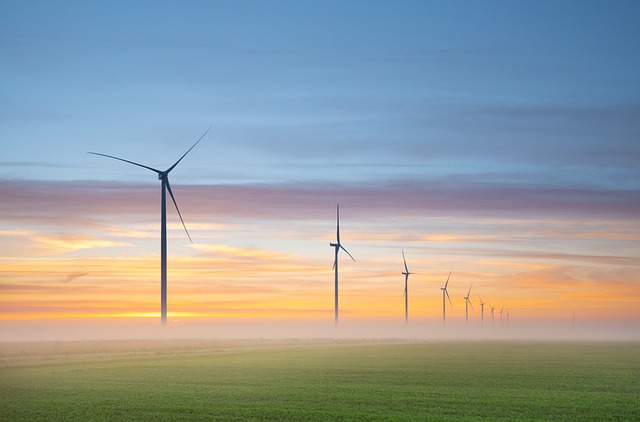
Floating solar farms represent a significant leap forward in renewable energy technology, combining innovation with environmental sensitivity. These systems are designed to be installed on bodies of water, such as reservoirs, lakes, and artificial ponds, effectively transforming these surfaces into solar power generators. The buoyant platforms are equipped with photovoltaic panels that harness sunlight while remaining impervious to weather conditions, including high winds or heavy rainfall, which often render traditional ground-based installations inoperative. The water beneath the panels naturally cools them, enhancing efficiency and energy production.
The technological advancements underlying floating solar farms are multifaceted. For instance, the use of lightweight, durable materials ensures minimal ecological impact during deployment and operation. Smart monitoring systems allow for real-time data collection, which can be used to optimize performance and maintenance schedules. Additionally, the integration of advanced mooring systems prevents unintended movement, ensuring the panels remain in optimal positions to capture maximum sunlight exposure. These advancements not only contribute to a steady supply of clean energy but also demonstrate a commitment to harmonizing renewable energy infrastructure with aquatic ecosystems. As such, floating solar farms stand as a testament to human ingenuity in addressing global energy demands while remaining respectful of the planet’s delicate balance.
Environmental Benefits of Water-Based Solar Installations
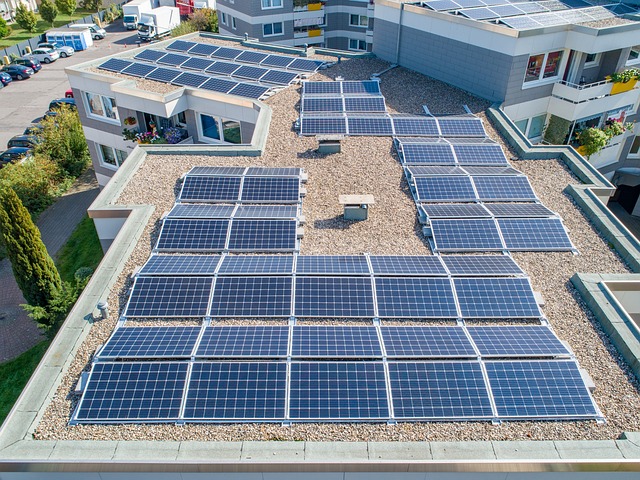
Floating solar farms offer a unique and sustainable solution for renewable energy generation, with significant environmental benefits over their land-based counterparts. These installations are typically placed on bodies of water, such as reservoirs, lakes, and artificial ponds, where they minimize land use conflict and reduce the ecological footprint associated with traditional solar setups. By occupying spaces that are otherwise uninhabitable or non-agricultural, these water-based solar installations protect biodiversity and preserve natural habitats on land. Moreover, the cooling effect of water beneath the solar panels increases their efficiency by keeping them cooler than air-cooled panels. This not only enhances energy production but also reduces the need for additional cooling systems that could otherwise consume extra electricity and resources. The gentle movement of water below also aids in self-cleaning, maintaining high performance levels without the extensive use of water or cleaning agents. Overall, floating solar farms represent an innovative approach to renewable energy, offering a dual benefit by advancing towards a greener energy future while simultaneously safeguarding freshwater ecosystems and terrestrial habitats.
Economic Considerations and Global Adoption Trends
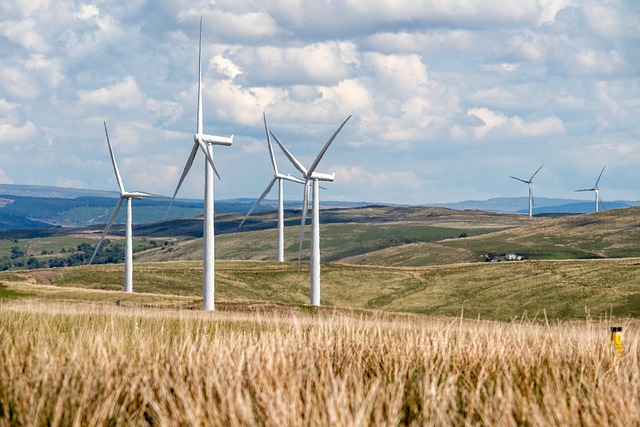
Floating solar farms represent a novel approach to harnessing solar energy, offering unique economic advantages and adapting to various geographical locations worldwide. Economically, these installations avoid land use conflicts by being deployed over bodies of water, thus preserving arable land for agriculture or urban development. The absence of land costs significantly reduces project expenses, making floating solar farms a cost-effective solution. Moreover, the water surface acts as a natural cooling system for the photovoltaic panels, enhancing their efficiency and lifespan. This cooling effect can lead to a higher energy yield compared to traditional ground-mounted systems.
Global adoption trends of floating solar farms are gaining momentum, driven by the increasing demand for clean energy and the technical maturity of floating PV technology. Countries with abundant water resources and high solar irradiance, such as China, Japan, and India, have taken the lead in deploying these systems. The technology is particularly beneficial in regions experiencing land scarcity or where sensitive ecosystems or protected areas exist. Additionally, floating solar farms can coexist with aquatic activities like fishing and tourism, offering a dual-use approach that aligns with sustainable development goals. As nations strive to meet their renewable energy targets, the scalability and versatility of floating solar farms position them as a promising element in the future of renewable energy.
Case Studies: Successful Implementations Worldwide
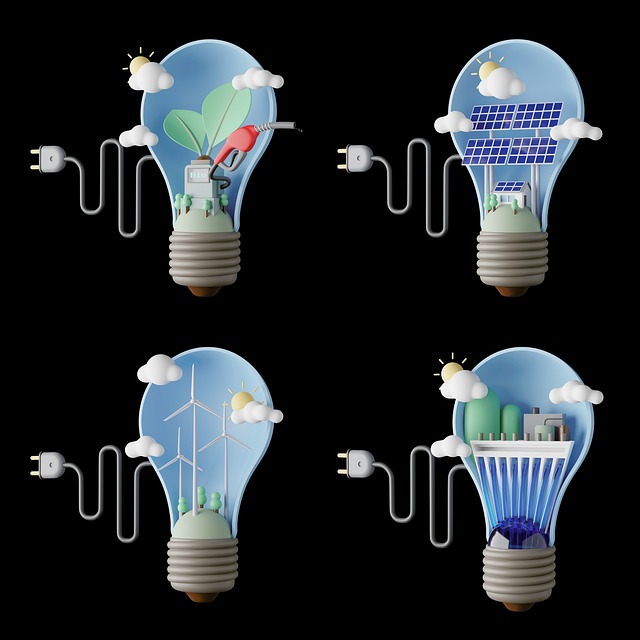
solar farms have been successfully integrated into various parts of the world, showcasing their adaptability and viability in different environments. Notably, China has emerged as a leader in this sector with its expansive floating solar projects. One such example is the vast array on the hydropower reservoir of the Yangjiang hydroelectric station, which not only generates clean energy but also reduces water evaporation from the reservoir. Similarly, Japan has harnessed the power of the sun at sea, with floating photovoltaic (PV) installations off the coasts of Nakuro and Toyosu. These projects demonstrate a significant reduction in land use conflict, as they are deployed over bodies of water, thus preserving precious land resources. In Thailand, a solar farm floats on the Klong Dan W Worachak reservoir, contributing to both energy generation and water conservation efforts. These case studies not only highlight the technical feasibility but also the economic and environmental benefits of floating solar farms worldwide. Their successful implementations underscore the potential for these innovative renewable energy solutions to play a significant role in the global energy transition.
Floating solar farms represent a promising leap forward in the realm of renewable energy, merging technological innovation with environmental stewardship. Their deployment on bodies of water minimizes land use conflict and mitigates ecological disruptions, while also offering economic advantages that are driving global adoption. The case studies presented demonstrate their successful integration across various climates and geographies, underscoring their versatility and potential for widespread implementation. As these systems continue to evolve and proliferate, they stand as a testament to human ingenuity in harmonizing energy needs with environmental responsibilities.
